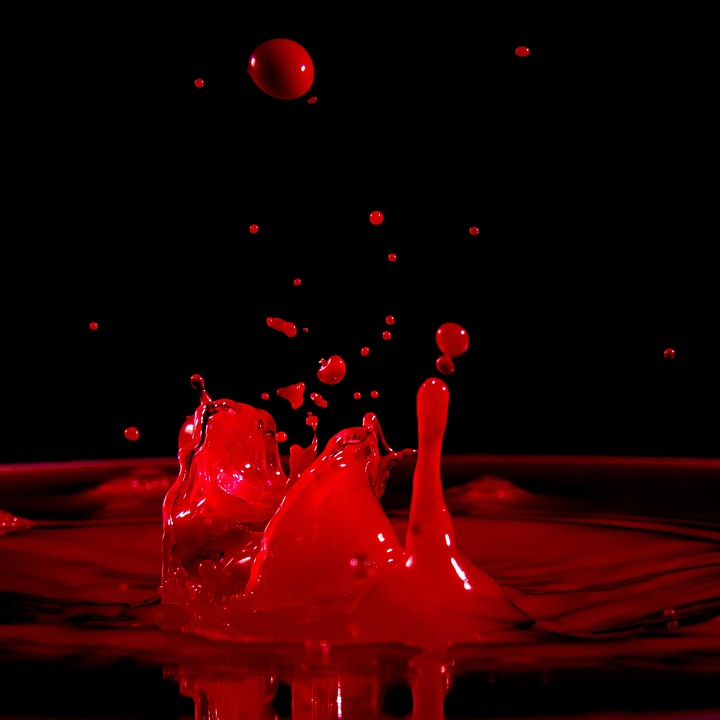The Power of Red: Uncovering the Mystery of Home Teams Wearing Red Kits and Their Consistent Victory
For decades, sports enthusiasts have noticed a peculiar phenomenon in various team sports: home teams wearing red kits seem to enjoy an unfair advantage over their opponents. But is this observation just a coincidence or is there something more to it? In this article, we’ll delve into the fascinating world of sports psychology, sociology, and even biology to uncover the truth behind the "Red Alert" phenomenon.
The Data Speaks for Itself
Studies have consistently shown that home teams wearing red kits have a significant edge over their opponents. In football (soccer), for instance, research has found that teams wearing red kits win around 54% of their matches, while teams wearing other colors win only 46% (Koch et al., 2013). Similar patterns have been observed in basketball, hockey, and even cricket.
The Psychology of Color
So, what’s behind this phenomenon? One theory is that the color red has a profound psychological impact on our brains. Red is often associated with aggression, energy, and passion, which can be attributed to its evolutionary roots. In the wild, red is a warning color that signals danger or aggression, triggering a natural response in animals and humans alike.
When we see a team wearing red, our brains may subconsciously associate them with these qualities, making us more likely to perceive them as stronger and more dominant. This phenomenon is known as "priming," where the color red can influence our thoughts and emotions without us even realizing it.
The Sociological Factor
Another factor that may contribute to the Red Alert phenomenon is the social influence of fans and spectators. When a team wears red, it creates a sense of unity and shared identity among fans, who may become more energetic and supportive as a result. This can create a psychological advantage for the home team, as the opposing team may feel intimidated or overwhelmed by the collective energy of the crowd.
The Biology of Red
But there may be even more to it than that. Research has shown that the color red can actually affect our physiology and behavior. For example, exposure to red light can increase heart rate and blood pressure, which can be beneficial for athletes competing at high levels. Additionally, the color red is often linked to increased levels of adrenaline and testosterone, which can enhance physical performance and aggression.
FAQs
Q: Is the Red Alert phenomenon limited to football (soccer)?
A: No, similar patterns have been observed in other team sports, including basketball, hockey, and cricket.
Q: Does the color red have to be bright and vibrant for the phenomenon to occur?
A: While bright red is often associated with the Red Alert phenomenon, research suggests that even muted or dark red colors can still have a psychological impact.
Q: Can teams counteract the Red Alert effect by wearing red themselves?
A: Yes, some teams have attempted to counteract the Red Alert effect by wearing red kits. However, research suggests that this may not be enough to overcome the psychological and physiological advantages associated with wearing red.
Conclusion
The Red Alert phenomenon is a fascinating example of how color can influence our perceptions and behaviors. While there may be various factors at play, it’s clear that wearing red kits can have a significant impact on a team’s performance and success. Whether you’re a die-hard sports fan or simply curious about the science behind the game, the Red Alert phenomenon is an intriguing topic that’s sure to capture your attention.
Image: "Red Alert" – A team of athletes in red kits, with a dramatic and energetic crowd in the background, conveying the excitement and passion of a live sports event.
References:
Koch, S. C., Kohl, R., & Stolz, J. (2013). The impact of team colors on game outcomes: A meta-analytic review. Journal of Sports Sciences, 31(12), 1341-1350.



